When Hitler sent his minions to LA: The true-life Nazi plot against Hollywood
It's a piece of American history that sounds like an action movie -- numerous Nazi plans to murder prominent movie stars, including Charlie Chaplin, foiled by a Jewish spy ring
American Nazi party'They wanted to start pogroms throughout America' When Hitler sent his minions to LA: The true-life Nazi plot against Hollywood It's a piece of American history that sounds like an action movie -- numerous Nazi plans to murder prominent movie stars, including Charlie Chaplin, foiled by a Jewish spy ring It reads like a scene from a nightmare Hollywood script: Nazis in Los Angeles plan to kill some of the most beloved names in show business — including Charlie Chaplin and Busby Berkeley — and use the mass execution to launch pogroms against Jews in the US. But this nefarious scheme and others like it were all too real in LA during the 1930s and 1940s. And they were all thwarted thanks to a spy ring run by Leon Lewis, a founder of the Anti-Defamation League. Get The Times of Israel's Daily Edition by email and never miss our top stories Free Sign Up Lewis and his network are the subjects of a new book, "Hitler in Los Angeles: How Jews Foiled Nazi Plots against Hollywood and America," by University of Southern California professor of history Steven J. Ross. 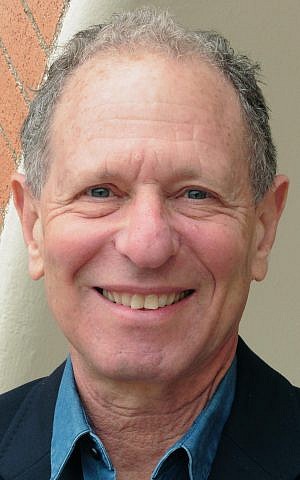 Prof. Steven J. Ross, author of 'Hitler in LA.' (Courtesy) The book, which will be released by Bloomsbury Press on October 24, illustrates how Nazi agents operated in LA — beginning shortly after Hitler became Reichschancellor in January 1933 and continuing through World War II. The agents' goal in the early 1930s was chillingly clear. "Hitler and the Brownshirts, in the 1920s, got disgruntled veterans of World War I to join their organization," Ross explained. "If they could get Americans who could attract other Americans, all military men, they would train other Americans for the day there would be a putsch in America." Nazi agents arrived in LA in March 1933 and created Friends of New Germany, a lobbying and recruitment group for Nazis in the US. (After 1936, the group was called the German-American Bund.) The first Nazi meeting in LA took place that July. From the beginning, Lewis was vigilant. "The Nazis had known since 1933 that Jews were spying on them," Ross said. "Leon Lewis was the main Jew. They called him 'the most dangerous Jew in LA.'" A World War I veteran and a founding executive secretary of the ADL, Lewis "had seen enough" in wartime of the evils that men could do "when properly motivated," Ross said. "As far as Leon Lewis was concerned, he could not take a chance," Ross said. "It was not just talk. He was certain it was for real." 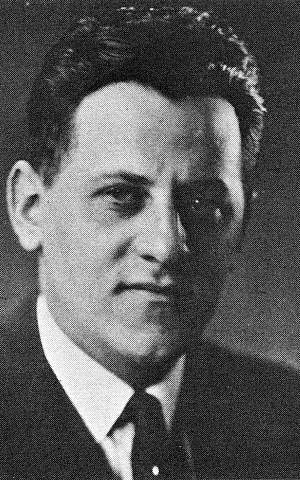 Leon Lewis, counter-Nazi spy and one of the founders of the Anti-Defamation League. (Courtesy ADL) In the fall of 1933, he learned of a plot to seize the armories in San Francisco, LA and San Diego. "In a couple of days, all three would be taken over and Jews executed," Ross said. Lewis shared the plot with LA police chief James Davis. But two minutes in, Ross said, the chief told Lewis, "Stop. You don't get it. Hitler's doing the right thing. The real danger is all the Jews in Boyle Heights, where all the Communists are." Several years later, in 1936, Lewis himself became a target of a Nazi plot. "They would ignite the Nazi Party in early 1936 by killing 20 men in teams of four," Ross said. "It would be like Kristallnacht. They would hang prominent Angelenos, including Busby Berkeley," Lewis himself and Mendel Silberberg, "the most powerful entertainment attorney in the US. "They would be hung and shot, their bodies riddled in what was described as a 'hail of lead,'" said Ross. "They fully expected, once this happened, to have pogroms throughout America and the beginning of mass violence against Jews." The chief plotter, Ingram Hughes, had written anti-Semitic tracts for the American Nationalist Party "calling upon fellow Christians to create a 'Final Solution' in 1935 for Jews," Ross said. "The Final Solution was to involve, basically, a unified fascist front around the country, all these fascist groups across America. Nobody was paying attention. Officers were too busy looking for Reds. They never considered that Nazis or Silver Shirts [an American fascist group] were a danger to them." 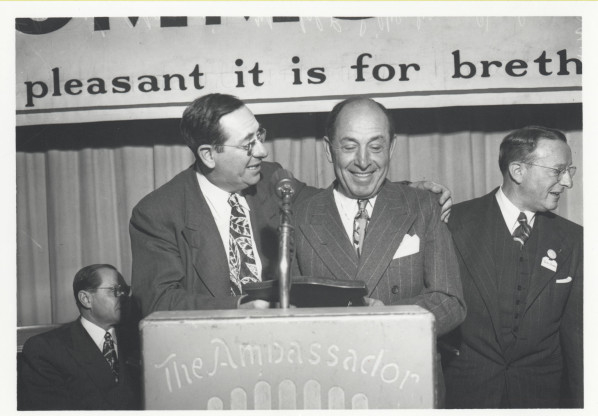 Rabbi Edgar Magnin (left) and Mendel Silberberg (right) convinced Hollywood moguls to fund the spy operation. (USC Libraries Special Collections) Ultimately, Hughes called off the plot. "At one point, Ingram Hughes was afraid they had been penetrated," Ross said. "He did not know who the spy was. He did not want to be arrested for attempted murder. It was postponed. Temporary [postponement] became permanent." One year later another Nazi plotter, former British military officer Leopold MacLaglen, conceived a scheme to kill 24 Angelenos — "Hollywood's biggest stars," Ross said, "producers and their two big Jewish friends, Charlie Chaplin and James Cagney." (Though Chaplin wasn't Jewish, the Nazis believed that he was.) The scheme consisted of MacLaglen, three Americans, "as well as some Nazis," Ross said. He described their premise: "When you hang Louis B. Mayer, Samuel Goldwyn and the most famous man in the world, Charlie Chaplin, and they're shot, like Hughes [had planned earlier], it will start pogroms throughout America and lead to the mass extermination of American Jews. "They were told the police would turn their eyes," said Ross. "Many in the police and sheriff's department were sympathetic to the Nazis and fascists." MacLaglen was unaware that his right-hand man and one of his three American cohorts was Lewis' spy Charles Slocombe. 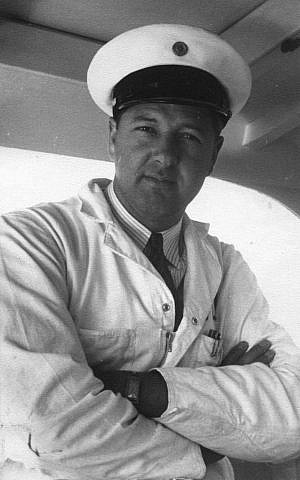 Leon Lewis's ace spy, former Ku Klux Klan member Charles Slocombe. (Courtesy Sherry Slocombe) Slocombe, like many of Lewis' spies, was Christian. He was also a member of the Ku Klux Klan and the American Silver Shirts. "He rose up to a very high [position] within the California Klan," Ross said. "He was [Lewis'] highest-placed spy for 12 years." Slocombe felt "there was a difference between anti-Communism, which simply opposed it, and being a Nazi or fascist who actively wanted to kill Jews," Ross said. "[Slocombe] just wanted Communists under surveillance. Once he saw what the Nazis were up to, he felt it was un-American." When the plotters compiled a list of their 24 targets and divided it in half, Slocombe got one half of the list for safekeeping. "Slocombe sends his half to Lewis with the other names he remembers," said Ross. "With Lewis's encouragement, Slocombe talked to the other Americans [in on the plot]. He said [MacLaglen] was 'a schemer and con artist who was blackmailing a wealthy Santa Barbara millionaire. Maybe later he'll turn on us, go to the police, squeal and get off scot-free, and we'll be arrested for attempted murder.' "He convinced the two other guys to go to the DA's office. At the office, they testified in exchange for immunity," Ross said. MacLaglen was arrested and eventually deported. But the charge was extortion for blackmailing the millionaire. The plot was never mentioned. And, Ross said, "in this plot, Leon Lewis covered up police involvement. He did not want to embarrass them." Lewis reasoned that "if he covered it up, they owed us a favor." 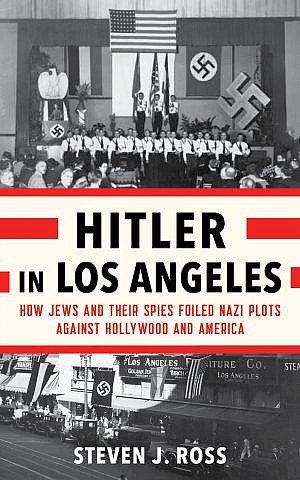 'Hitler in Los Angeles,' by Prof. Steven J. Ross. (Courtesy) After Kristallnacht in 1938 and the subsequent Nazi buildup to WWII, Lewis faced plots of a more military character. "They became more and more espionage or sabotage," Ross said. "After September 1 [in 1939, when the war began], the Nazi secret agents were Gestapo agents who not even the German diplomats knew about. "It was easy to get spies, money and property through the Port of Los Angeles. New York, which they called 'Jew York,' was closely guarded by mayor Fiorello LaGuardia, a devout anti-Nazi who was half-Jewish. "They would go through the port of LA. Lewis's spy network was inside, at the Deutsche Haus, where the Nazis met. There were several instances of potential sabotage. They got names of potential fifth columnists from surveillance from within. They were sending all these names. The FBI was doing nothing. They sent them to the FBI, to Army military intelligence, naval intelligence and the FBI, in the hope that one day, someone would use them," Ross said. Ross credited Gen. George C. Marshall with using material that Lewis's ring compiled. And after the US entered WWII, the FBI did use Lewis's lists. "The question I ask myself is, if government officials had ignored them at the time, how did they know who to arrest after Pearl Harbor?" Ross reflected. 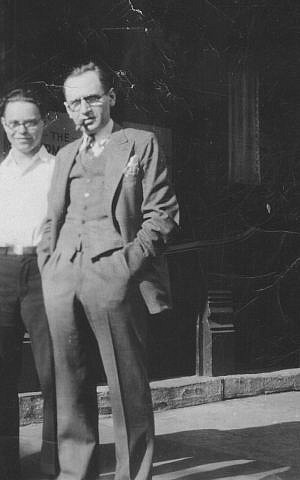 The spy team of the young Joseph Roos (left) and his Uncle Julius Klein (right). (Courtesy Leonard Roos) "They had taken the lists that Leon Lewis and [his associate] Joseph Roos had been sending them since September 1939. I went to the National Archives, to the military intelligence records. The FBI retyped Lewis's lists, with their three sections, as if they had done all his undercover work. Lewis did not care, as long as they arrested all the Nazis," he said. Lewis worked as a spymaster through the end of WWII. "Anti-Semitism, much to my surprise, went up after Pearl Harbor went down," Ross said. "The America Firsters, the nationalists, who said that Jews were trying to get us into war, said when we get into war, we'll get these Jews. Lewis kept his spies going after December 1941 till the end of the war. Jews in LA were still under threat." He and his children were targeted by Nazi agents, and three of his spies died "very suspicious deaths," Ross said. Following the war, Lewis left LA and went into private practice. He continued to be active in Jewish community affairs. In 1965, while driving along the Pacific Coast Highway, he died of a heart attack at age 54. His spy ring showed that Jews and Christians could unite to stop hate. |